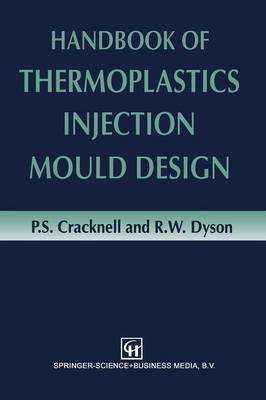Injection moulding is one of the most important methods of manufacturing plastics products. Through the development of sophisticated micro processor control systems, the modern injection moulding machine is capable of producing precision mouldings with close tolerances in large numbers and with excellent reproducibility. This capability, however, is often limited by the lack of a proper appreciation of mould design. The mould, or tool as it is often called, is at the heart of the injection moulding process. Its basic function is to accept the plastic melt from the injection unit and cool it to the desired shape prior to ejection. It is not, however, simply a matter of the mould having an impression of the shape to be moulded. Many other factors have to be taken into account - for example, the ability to fill the mould impression properly and efficiently without inducing weaknesses in the moulding and the efficient cooling of the moulding in order to maximise production rates without diminishing the quality of the moulding. In addition, the type of mould, gate and runner system, and ejection system which will best meet the needs of a particular job specification have to be determined. In our experience lack of attention to such factors leads to the mould limiting the ability of the injection moulding machine and preventing the process as a whole from achieving its true potential.
- ISBN13 9789401572118
- Publish Date 23 August 2014 (first published May 1993)
- Publish Status Active
- Publish Country NL
- Imprint Springer
- Edition Softcover reprint of the original 1st ed. 1993
- Format Paperback
- Pages 132
- Language English
